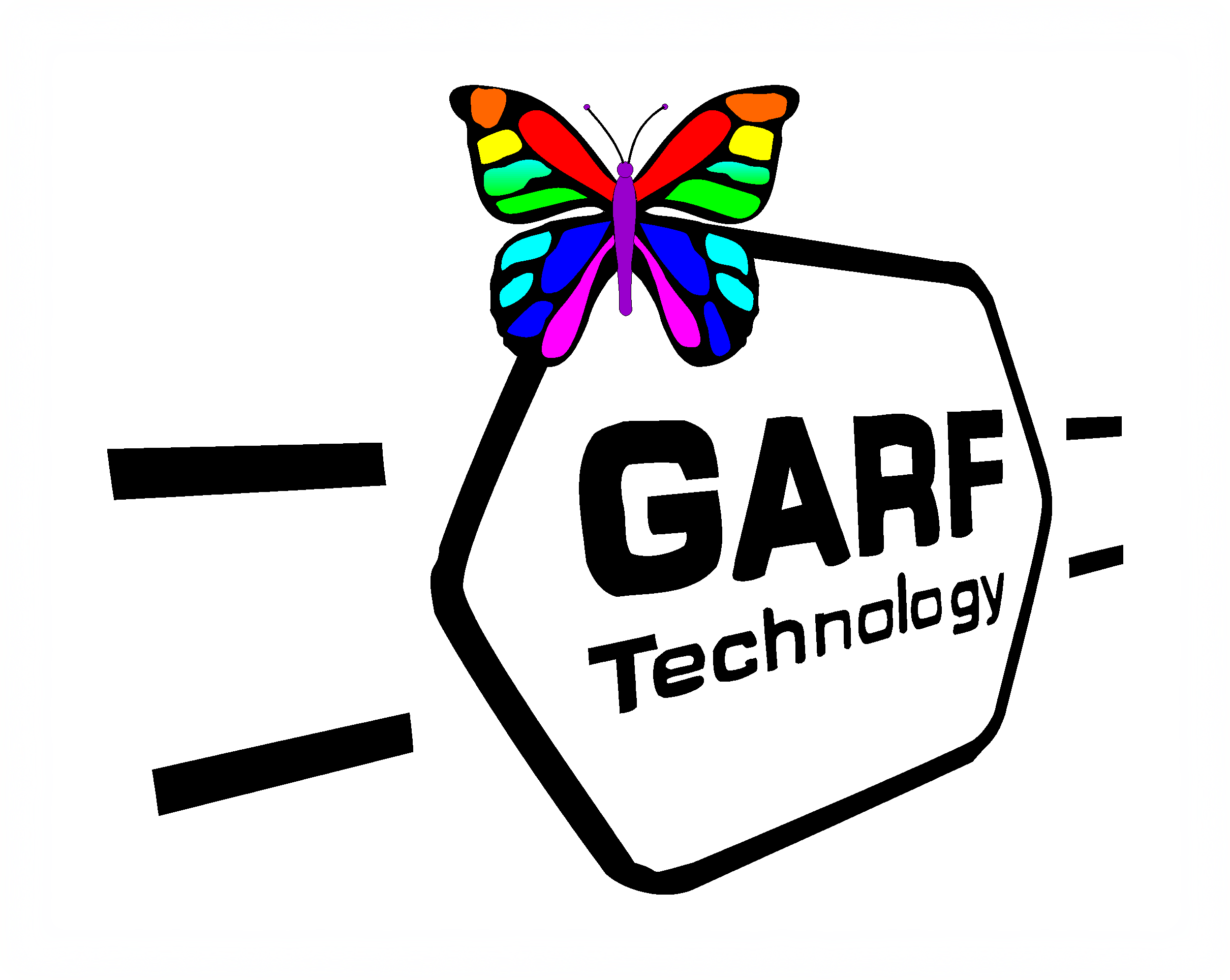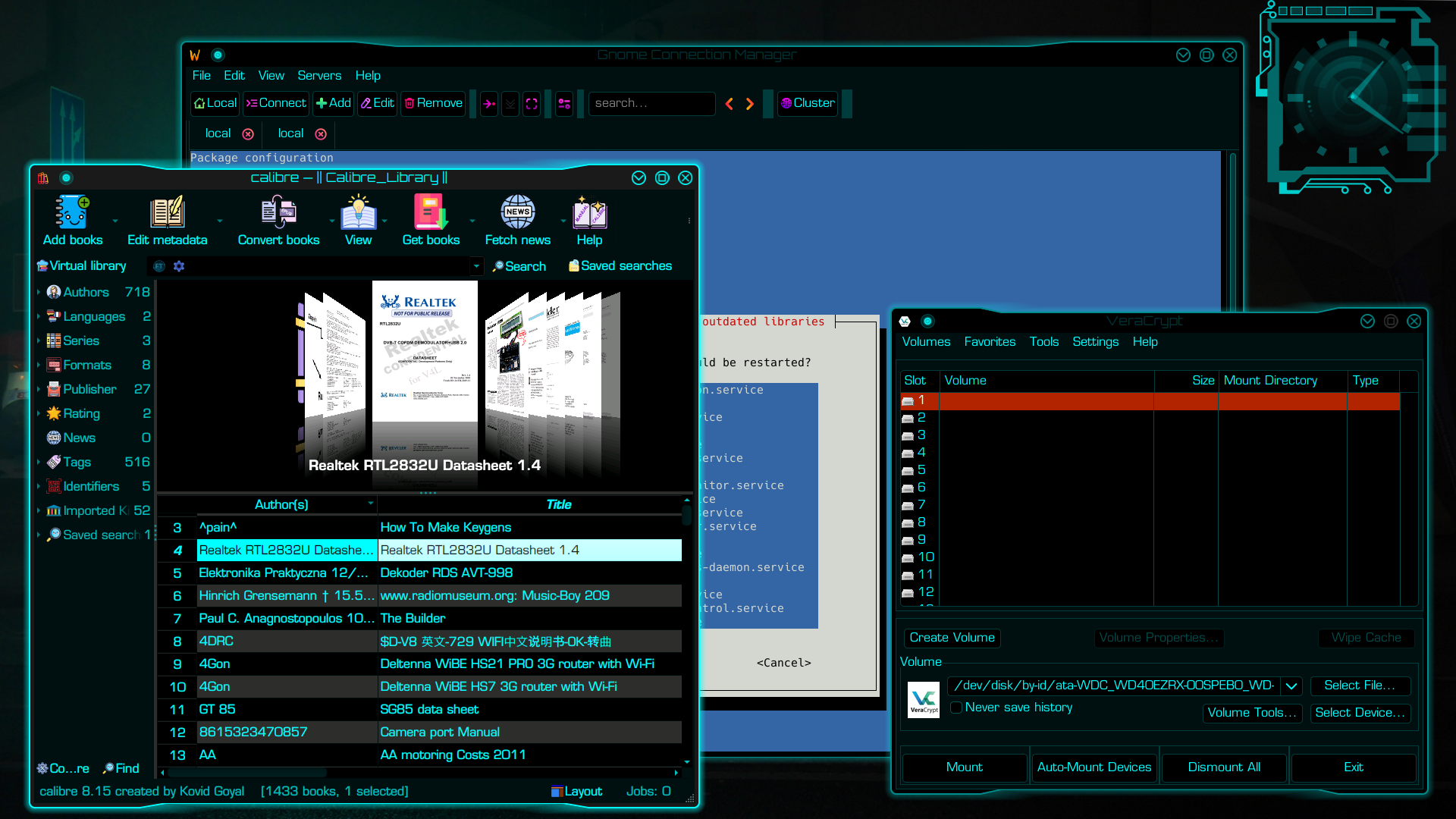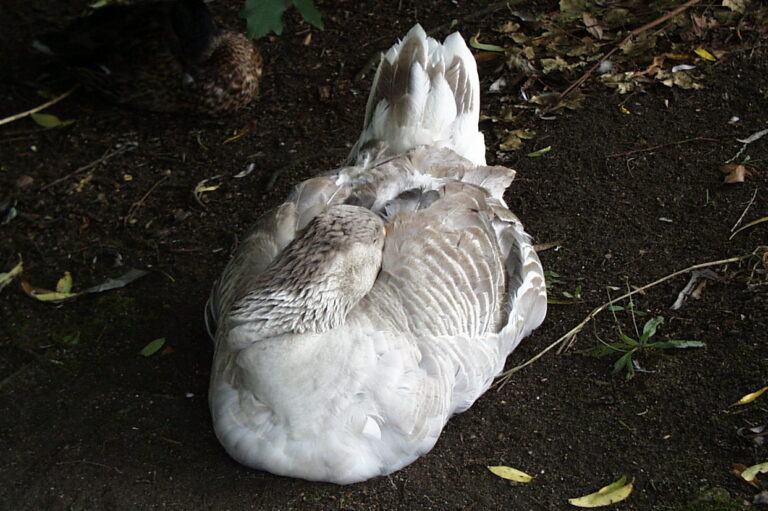Additional packages to enhance your Debian (or Ubuntu) installation.
These are some rather useful additional applications or features that are not currently in the Debian repositories. However I find them very useful and I don’t consider a full installation complete without them. It is the final part of our three part “Moving to Debian” series.
Moving to Debian series…
Dedicated to my friends and customers, and particularly my nephew Giles – a tech-savvy young fellow who is considering joining the Penguinistas.
- Install Debian 13. Part 1 of our “Moving to Debian” series.
- A fully loaded Debian 13 system. Part 2 of our “Moving to Debian” series.
- Additional packages to enhance your Debian installation. Part 3 of our “Moving to Debian” series (you are here).
Applications list
Package
|
Description
|
|---|---|
Calibre
|
[GUI] EBook reader and manager.
|
Fonts |
[files] How to install your fonts collection to a new installation, systemwide, quickly and easily. |
Gnome Connection Manager
|
[GUI] Powerful terminal and remote server connection tool. It remembers login usernames and passwords for remote SSH (secure shell) connections.
|
Signal
|
[GUI] Reasonably secure instant messenger.
|
Veracrypt
|
[GUI] Very strong data/disc encryption tool.
|
Details
Calibre eBook reader
The version of calibre that ships with Debian tends quite old. This installs Calibre directly from developer Kovid Goyal’s own site. Goyal is something of a legend in the open source world and it is worth downloading and installing the latest version of Calibre, directly from his site.
sudo -v && wget -nv -O- https://download.calibre-ebook.com/linux-installer.sh | sudo sh /dev/stdin
To uninstall run
/usr/bin/calibre-uninstall
More Information
Installing fonts in bulk
Now we have to copy ~/fonts/current/ to target-computer’s /usr/share/fonts/garf/
On new machine make directory. Examples assume my own home directory.
mkdir ~/fonts/current/ -p
From my laptop rsync fonts my home on the new machine. Example assumes the new machine’s IP address i 192.168.1.10. Adjust this to suit whatever the address of your new machine actually is.
rsync -a --progress /home/garf/fonts/current/ 192.168.1.10:/home/garf/fonts/current/
On the new machine, rsync that to the system font directory, copy the fonts from my personal font collection in my home directory to the systemwide font directory then update the font cache.
sudo rsync -a --progress --delete /home/garf/fonts/current/ /usr/share/fonts/garf/ sudo fc-cache -fv
Gnome Connection Manager
Renzo Bertuzzi’s Gnome Connection Manager is a Python-based terminal and remote server connection tool. It remembers login usernames and passwords for remote SSH (secure shell) connections. I use it a lot.
Download the .deb file directly from his site:-
cd ~/Downloads wget https://kuthulu.com/gcm/gnome-connection-manager_1.2.1_all.deb
Then install it:-
sudo dpkg -i gnome-connection-manager_1.2.1_all.deb
Dependencies
You may need to install the following dependencies If GCM (Gnome Connection Manager) produces python error on loading. Probably a missing dependency. Ensure all four of these are installed…
sudo apt install expect python3 python3-gi gir1.2-vte-2.91
It may also bleat about “missing CSS” This is easily fixed, thus:-
sudo touch /usr/share/gnome-connection-manager/style.css
More Information
Signal
There are several methods to install Signal on Debian systems. But doing it this way means Signal always gets upgraded every time you perform a normal routine system upgrade.
Firstly we need to download and import the GPG key that is used to sign the packages contained in the Signal repository. Otherwise apt will refuse them The key also needs to be “dearmored” before it’s saved on the system, in the /usr/share/keyrings directory, using the gpg --dearmor command. To do this, type the following in a terminal and hit return
curl -s https://updates.signal.org/desktop/apt/keys.asc | gpg --dearmor | sudo tee /usr/share/keyrings/signal-desktop-keyring.gpg > /dev/null
Once the repository key is installed, we can add the Signal Debian repository to the rest of the Debian distribution software sources. This will create a new *.list file for Signal
echo 'deb [arch=amd64 signed-by=/usr/share/keyrings/signal-desktop-keyring.gpg] https://updates.signal.org/desktop/apt xenial main' | sudo tee /etc/apt/sources.list.d/signal-xenial.list > /dev/null
Now synchronise the system with the new repository and install Signal, just like any other Debian application
sudo apt update && sudo apt install signal-desktop
Veracrypt
Unfortunately Veracrypt Is still not part of a standard Debian installation. But it is relatively easy to install, providing you have no legacy Veracrypt or Truecrypt volumes then select the latest version of Veracrypt, currently v1.26. And you can use the standard Debian installer version. Easiest way to do it is to download and install the generic Veracrypt installer from:-
To get and install the current version (at time of writing) for Debian 13 on 64 bit PC:-
cd ~/Downloads wget https://launchpad.net/veracrypt/trunk/1.26.24/+download/veracrypt-1.26.24-Debian-13-amd64.deb dpkg -i veracrypt-1.26.24-Debian-13-amd64.deb
There are many download options on the VeraCrypt download page, including a version for ARM-based computers such as the Raspberry Pi and a portable AppImage. Select the download that best suits you.
But what if I have some old Truecrypt volumes?
Now here’s were things may get a tad tricky. If you still have old Truecrypt volumes, or early Veracrypt volumes using obsolete encryption methods, then you will need a version no higher than v1.25.9. For this you will need the generic Linux installer.
Then unzip the file and run the installer as a script. This example assumes you have downloaded to your ~/Downloads directory. Reminder “~/” is a Unix short cut, meaning the current user’s home directory.
cd ~/Downloads tar -xjvf veracrypt-1.25.9-setup.tar.bz2 ./veracrypt-1.25.9-setup-gui-x64
An old style x-windows type dialogue will appear. Click “Install VeraCrypt” then “I accept and agree to the license terms“. It will show you how to uninstall VeraCrypt “Please run veracrypt-uninstall.sh“. Obviously we don’t want to do that now!
Then click OK. It will ask you for your sudoers password.
Dependencies
This is an older version of Veracrypt and my require some additional dependencies in order to run:-
sudo apt install libayatana-appindicator3-1 libayatana-indicator3-7 libwxbase3.2-1t64 libayatana-ido3-0.4-0 libpcre2-32-0 libwxgtk3.2-1t64







